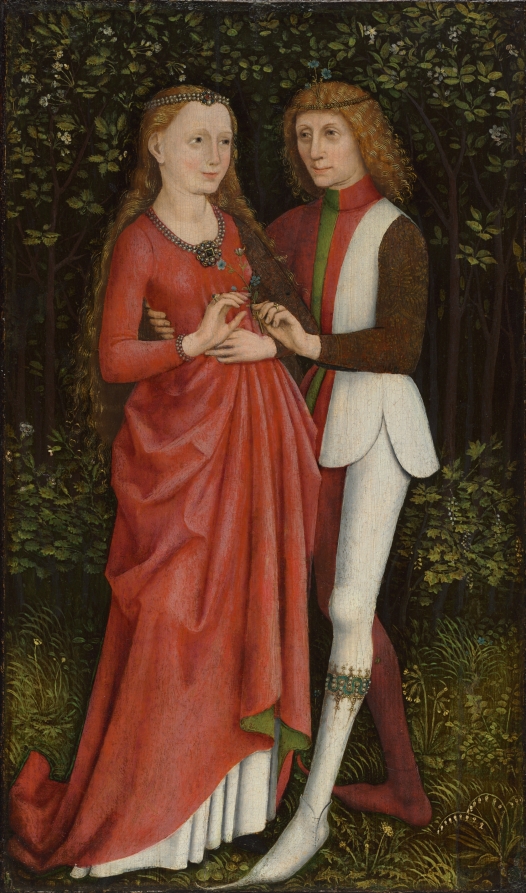by Mike Telin

“After the shutdown there was a dash to develop online content,” Welsh said during a recent telephone conversation. “That sparked the Museum staff to create the curatorial video series On My Mind. So I stepped back and thought, instead of just inviting musicians to play on-screen, why not talk to them and hear what they have to say about how they’re confronting the situation and feeling in this weird moment.”
Hosted by Welsh, Behind the Beat features artists who have direct connections to CMA, and highlights the Museum’s rich legacy of music.
In Episode 1, Welsh speaks with composer Aleksandra Vrebalov and David Harrington of the Kronos Quartet. “Aleksandra’s new work Antennae was to have been premiered at CMA at the end of March, so that piece was the first big casualty of COVID-19,” Welsh said. After returning to Serbia, Vrebalov phoned Welsh, telling him that she had gotten in touch with Harrington, and had re-written a short excerpt from Antennae for string quartet. “That was Kronos’ first online-only production.”
Composer Cenk Ergün and the JACK Quartet have enjoyed fruitful relationships with CMA. In Episode 2, John Richards and Chris Otto of the JACK Quartet join Welsh to discuss Ergün’s music and performances in venues apart from the conventional concert hall. You can also watch a video about Ergün’s recent CMA commission, Formare.
Episodes that are currently in production feature trumpeter and band leader Steven Bernstein, and composer Kaija Sarriaho.
“Steven came to us during The Jazz Age: American Style in the 1920s exhibition. He’s a brilliant entertainer, musician and band leader of the old-school variety. He talked for quite a long time about the roots of American Jazz and popular music, and how the music from the 1920’s has come down to us today — like his collaborations with Henry Butler, who is the last of the great New Orleans pianists. Bernstein is such a brilliant and funny guy that it was a natural to check in with him and see what he’s doing during this quiet period.”
When Kaija Saariaho’s Orion was premiered by The Cleveland Orchestra in 2003, no one knew that the work had an inspirational link to a 15th century painting in CMA’s collection. That was until Welsh had an off-chance 2018 conversation with Norwegian violinist Peter Herresthal, who was in town to perform Saariaho’s Graal théâtre with the Oberlin Contemporary Music Ensemble.
“What was not known to me or to anyone else, was that the first movement of Orion was inspired by a Medieval German painting in our collection called A Bridal Couple,” Welsh said.
“Peter and I were sitting in my office and he mentioned that Orion came about by a visit Kaija made to the museum. I asked him what he was talking about and he told me the story. I pulled up her program notes for the piece, and none of this is mentioned. So I wrote to her and said that ‘Peter’s with us playing your Graal théâtre and just told me this story about Orion — is this true?’ She wrote back and said ‘Yes, that’s exactly what happened.’”
Welsh said that during the interview Saariaho talks about being in Cleveland to hear The Cleveland Orchestra play one of her pieces, and to have some meetings about a new commission. She told him that after seeing the painting everything began to open up for her. “The first movement is called ‘Memento mori,’ (Remember that you must die) and that comes from this painting. In the back of my mind I’ve always hoped to have a longer conversation with her about her time in the Museum but it never happened. Then the pandemic hit and I thought this would be a great time to catch up with her.”
Plans for upcoming Behind the Beat episodes include a conversation with composer and pianist Courtney Bryan, who along with harpist Brandee Younger performed on the CMA Performing Arts Series in May of 2017.
Published on ClevelandClassical.com July 2, 2020.
Click here for a printable copy of this article



